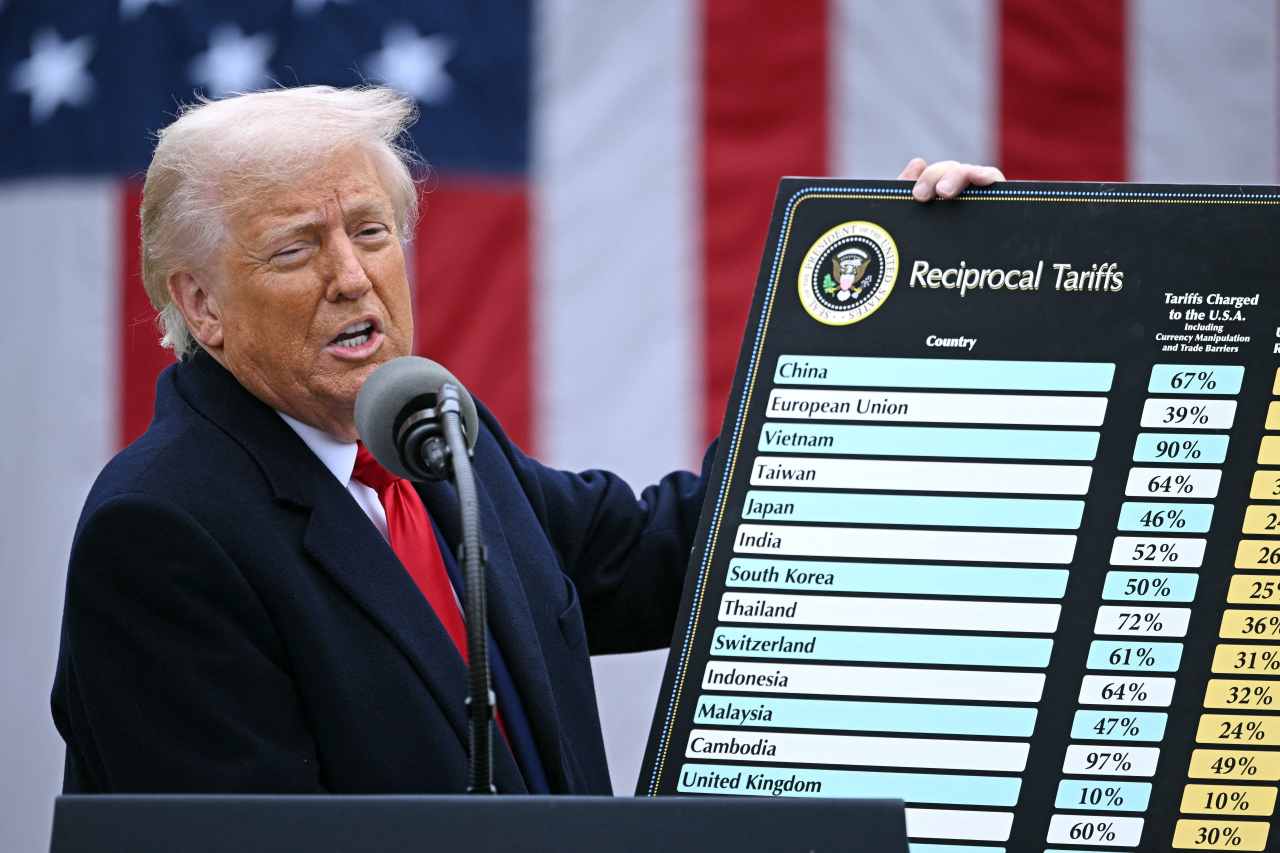Federal Court Strikes Down Trump’s Tariffs, Threatening U.S. Budget and Trade Agenda
Washington, D.C. – May 29, 2025 – In a landmark decision, the U.S. Court of International Trade (CIT) unanimously ruled on May 28, 2025, that President Donald Trump’s sweeping tariffs, imposed under the International Emergency Economic Powers Act (IEEPA), were unconstitutional, dealing a significant blow to a cornerstone of his economic policy. The ruling, which halts tariffs on imports from dozens of countries, including a 10% universal tariff, 25% duties on Canadian and Mexican goods, and 20% levies on Chinese imports, could disrupt U.S. trade negotiations and create a substantial shortfall in federal revenue, potentially impacting the national budget.
Legal Challenge and Ruling
The CIT’s decision stemmed from two consolidated lawsuits: one filed by a coalition of 12 states, led by New York Attorney General Letitia James, and another by small businesses, including New York-based wine importer V.O.S. Selections, represented by the Liberty Justice Center. The court found that Trump’s use of IEEPA, a 1977 law intended for economic sanctions during national emergencies, did not grant him “unbounded authority” to impose tariffs. The judges, appointed by Presidents Reagan, Obama, and Trump, emphasized that the U.S. Constitution assigns Congress exclusive power to regulate commerce, and IEEPA does not explicitly authorize tariffs. Specifically, the court struck down Trump’s “Liberation Day” tariffs announced on April 2, 2025, which aimed to address trade deficits, and additional tariffs on Canada, Mexico, and China linked to fentanyl trafficking, ruling that these measures did not directly address the cited emergencies.
The tariffs, which raised the average U.S. tariff rate from 2.5% to 18.4% by July 2025, were projected to generate over $5.2 trillion in revenue over 10 years, contributing 5% of federal revenue compared to a historical 2%. The CIT’s injunction, which gave the administration 10 days to halt tariff collections, threatens this revenue stream, potentially exacerbating the federal deficit, which reached $903 billion in 2024. If upheld, the ruling could force refunds of duties already collected, further straining the budget.
Immediate Aftermath and Appeals
The Trump administration swiftly appealed the ruling to the U.S. Court of Appeals for the Federal Circuit, which granted a temporary stay on May 29, 2025, reinstating the tariffs pending further review. The stay requires plaintiffs to respond by June 5 and the administration by June 9, with the case potentially heading to the Supreme Court. A separate federal court in the District of Columbia also ruled against Trump’s IEEPA tariffs on the same day, though its narrower injunction applied only to a toy importer plaintiff. The administration’s appeal of this ruling underscores its determination to preserve the tariffs.
President Trump condemned the CIT’s decision on Truth Social, calling it a “horrible, Country threatening decision” that could “destroy Presidential Power” and questioning the judges’ motives, despite appointing one himself. White House spokesperson Kush Desai argued that the trade deficit, which Trump labeled a national emergency, has “decimated American communities” and weakened national security, asserting that “unelected judges” should not override executive action.
Economic and Budget Implications
The tariffs’ potential removal could significantly impact the U.S. budget. The Penn Wharton Budget Model estimated that Trump’s tariff plan would raise $4.5 trillion to $5.2 trillion over a decade, offsetting federal debt and encouraging private investment. Without this revenue, the budget deficit could widen, forcing Congress to reconsider spending or tax policies. The ruling also introduces economic uncertainty, with the Economic Policy Uncertainty Index reaching record highs in 2025 due to Trump’s volatile trade policies. Businesses like Hobby Works in Maryland and Sarah’s Homemade Ice Cream in D.C. reported challenges in planning due to fluctuating import costs, with some raising prices or discontinuing products.
Economists warn that the tariffs, if permanently struck down, would reduce economic pressure on consumers but could disrupt Trump’s strategy to use tariffs as leverage in trade negotiations. The ruling leaves intact tariffs imposed under other laws, such as Section 232 of the Trade Expansion Act (affecting steel, aluminum, and autos) and Section 301 for unfair trade practices, but these are narrower in scope and require lengthy investigations, limiting the administration’s flexibility.
Global and Domestic Reactions
Internationally, the ruling was met with cautious optimism. Canadian Prime Minister Mark Carney called it consistent with Canada’s stance that the tariffs were unlawful, while Hong Kong Financial Secretary Paul Chan suggested it might “bring President Trump to reason.” However, ongoing appeals and the possibility of Trump using alternative legal authorities, such as Section 338 of the 1930 Tariff Act, which allows up to 50% tariffs on countries discriminating against the U.S., have tempered expectations.
Domestically, business groups like the U.S. Chamber of Commerce and the Consumer Technology Association hailed the ruling, arguing that the tariffs increased costs and threatened economic stability. Small business owners, like Michael Brey of Hobby Works, expressed relief but noted ongoing uncertainty as the appeal process continues. States like Nevada, represented by Attorney General Aaron Ford, celebrated the decision as a “win for the rule of law” and a safeguard against economic damage.
What’s Next?
The appeals process could extend for months, potentially reaching the Supreme Court, which would decide the boundaries of presidential versus congressional authority on trade. If the CIT’s ruling is upheld, Trump could pivot to other legal tools, such as Section 232 or Section 301, though these require more procedural hurdles. Alternatively, Congress could legislate to restore tariff authority, though such a move would likely face legal challenges. The ruling has already disrupted trade negotiations, with countries like Japan and the EU possibly delaying deals until legal clarity emerges.
The decision marks a critical juncture for U.S. trade policy and fiscal planning. As the nation grapples with a growing trade deficit and economic uncertainty, the outcome of this legal battle will shape the federal budget, global trade relations, and the balance of power between the executive and legislative branches. For now, businesses and consumers brace for continued volatility as the Trump administration fights to preserve its tariff-driven agenda.
